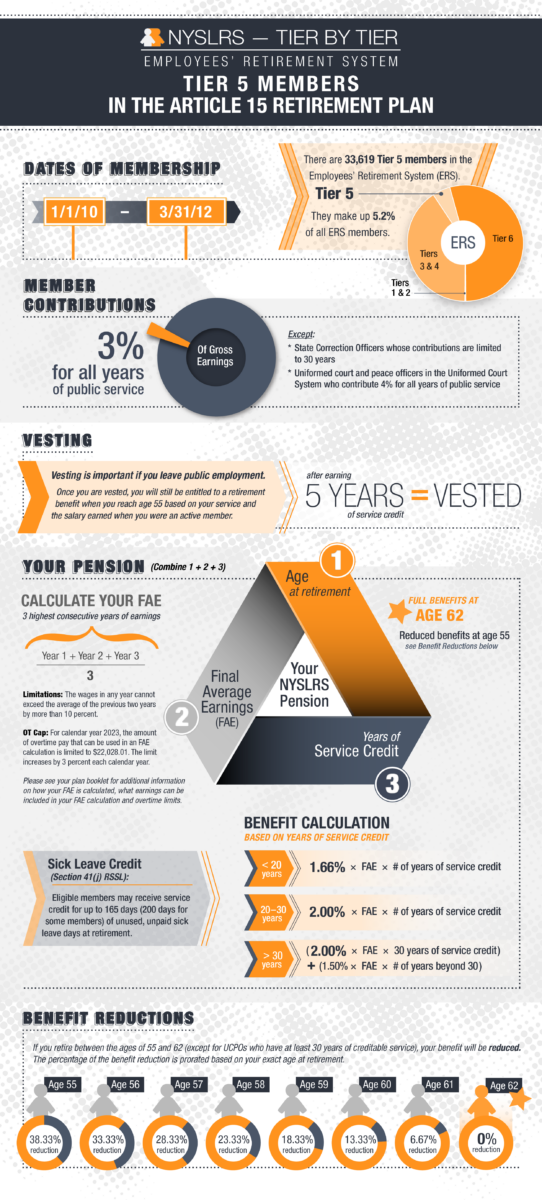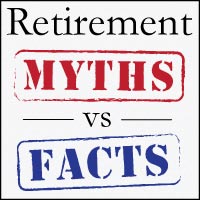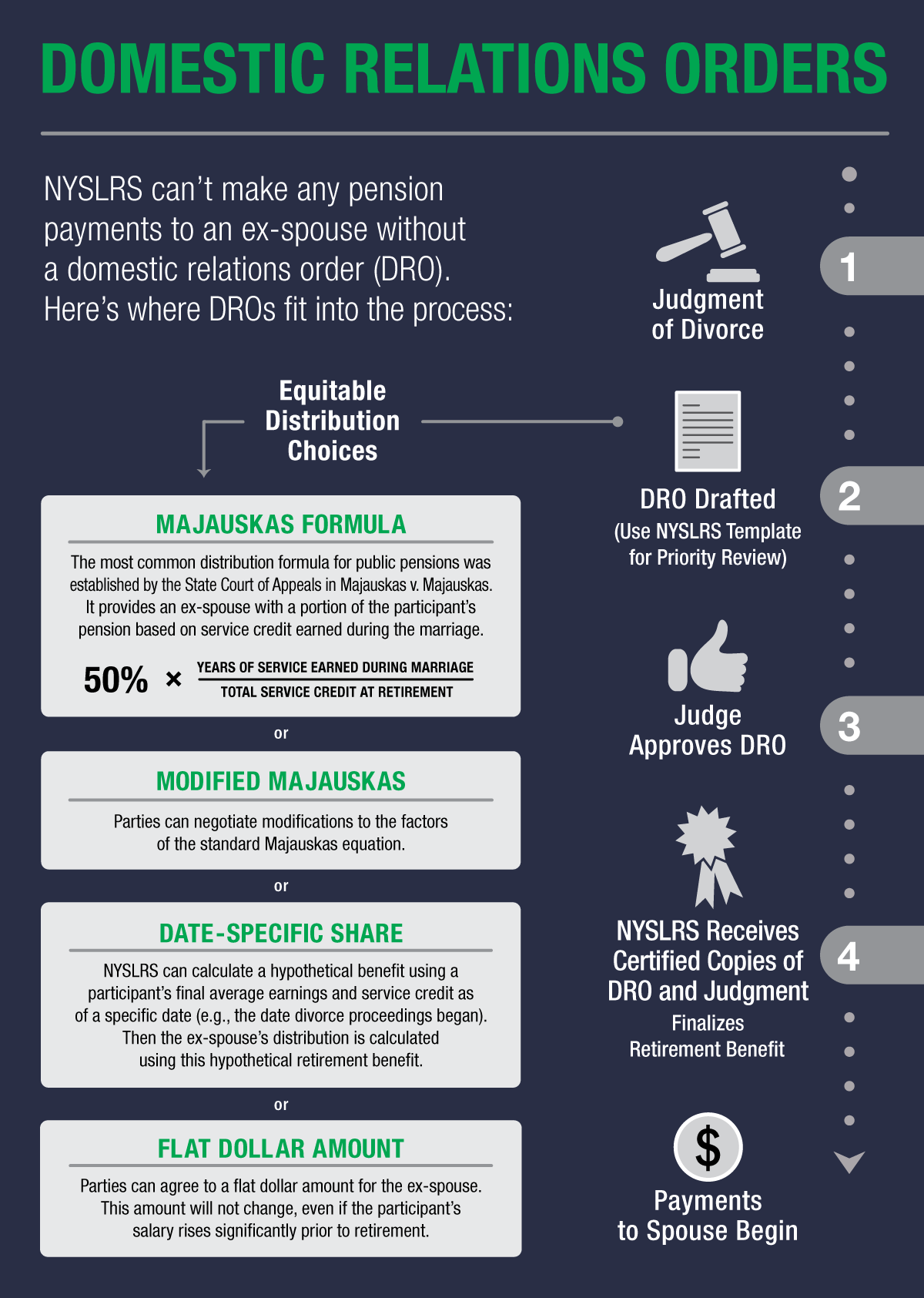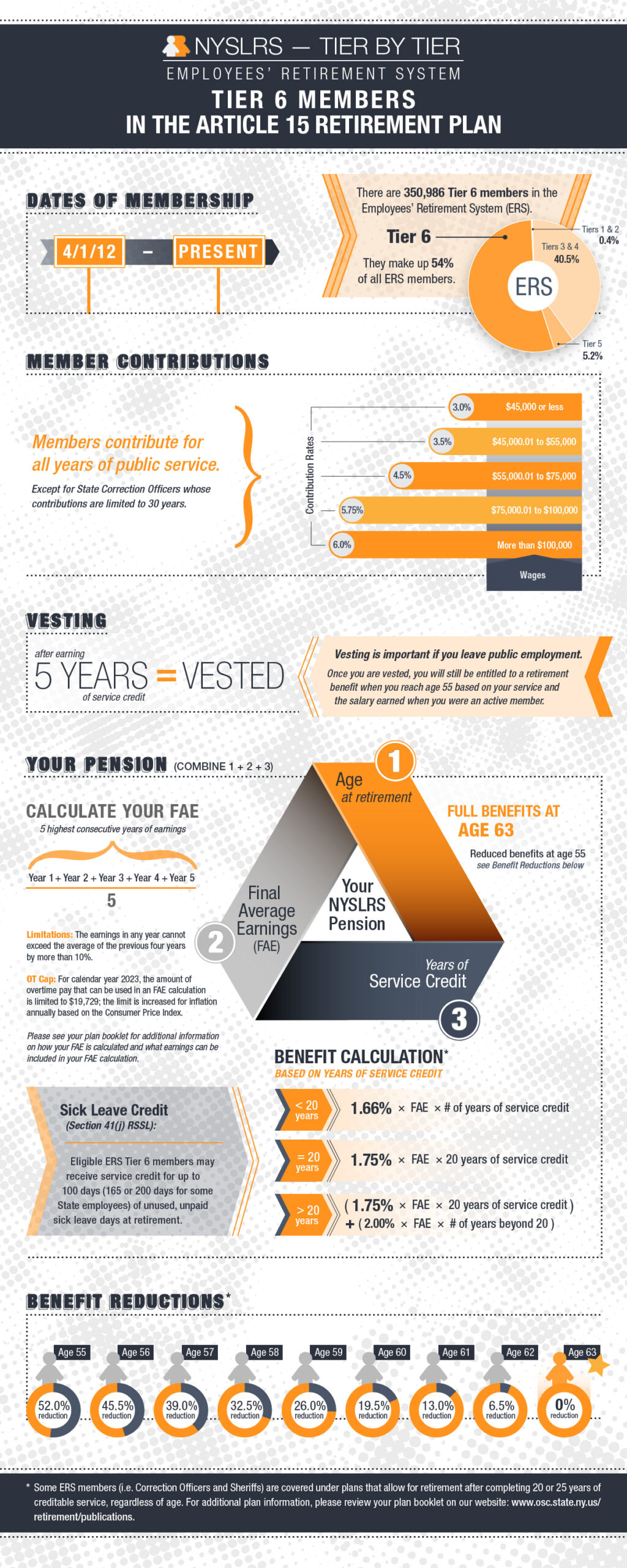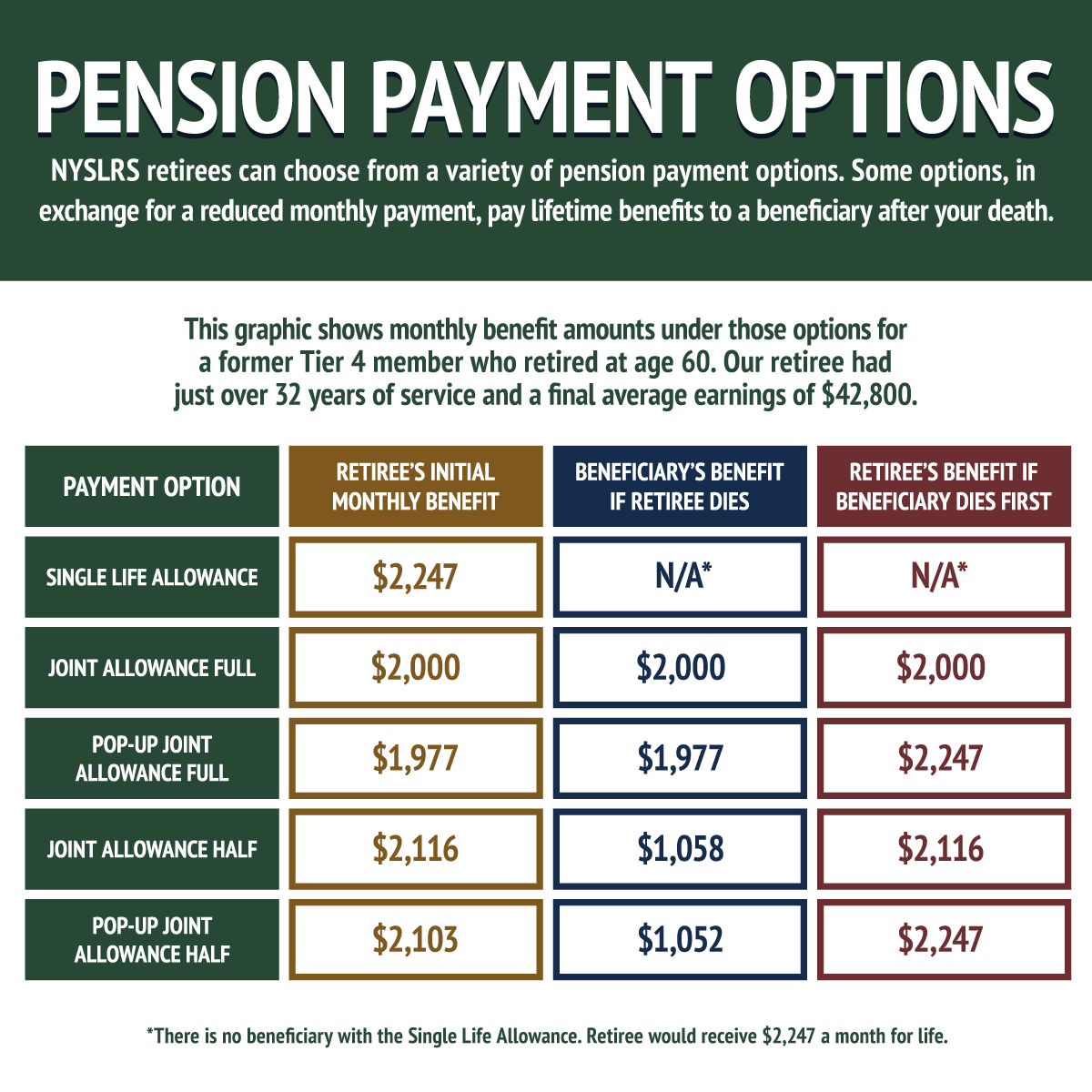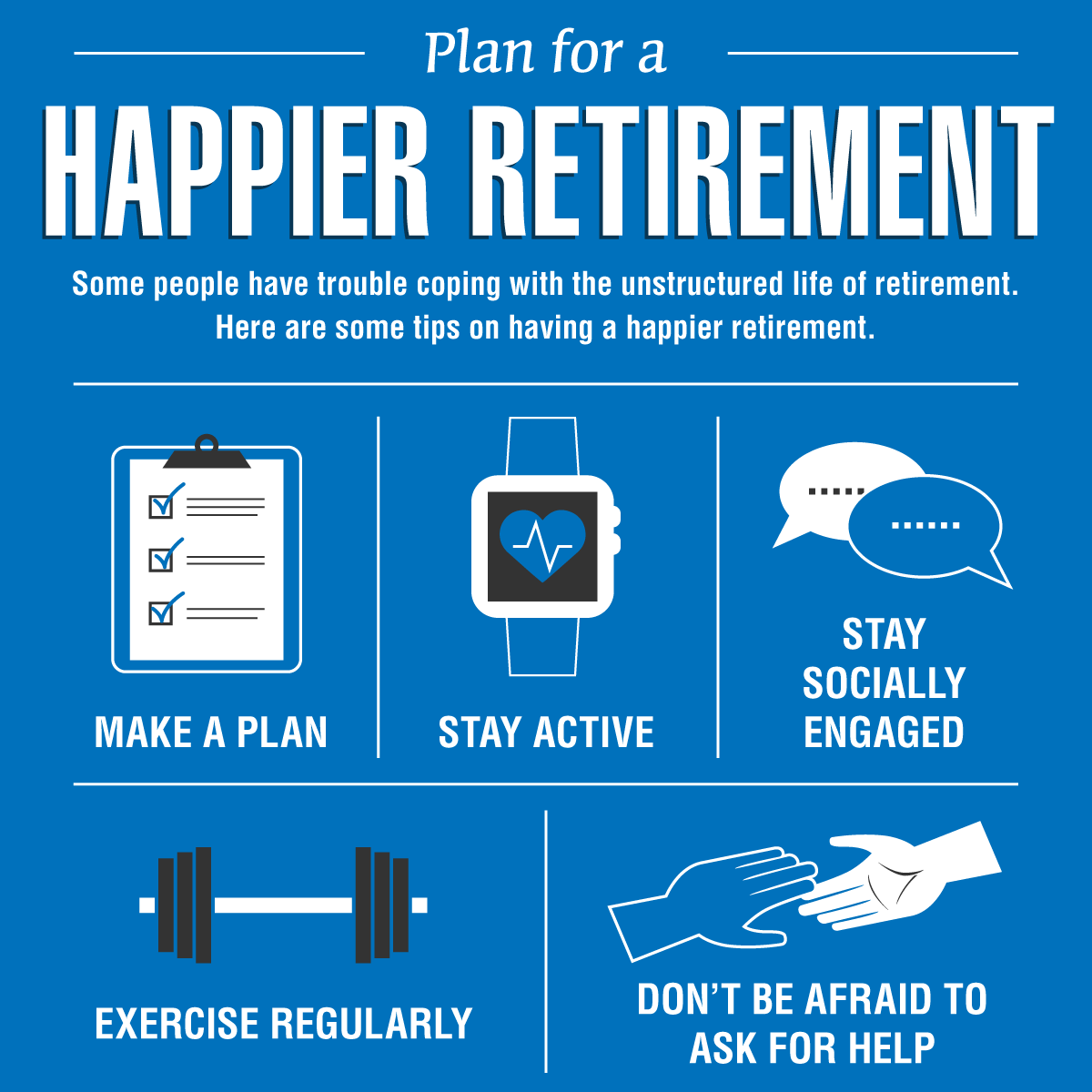Service credit is one of the major factors in calculating your NYSLRS pension. You earn a year of service credit for each year of full-time employment with a participating employer. In some cases, you may also be able to request additional credit for past service, which could increase your pension amount.
You can request credit for past service if you:
- Worked for a participating employer before joining NYSLRS;
- Worked for a public employer that later participated in NYSLRS; or
- Received an honorable discharge from active military duty.
In most cases, you have to pay to receive additional service credit. The sooner you purchase your credit, the less it will generally cost. You must apply for any additional service credit that you wish to receive before you retire. After you apply, we’ll determine whether you’re eligible for the credit and how much it would be.
Credit for Previous Public Employment
Additional service credit includes work for an employer who later joined NYSLRS, or for public employment before you became a NYSLRS member.
Example:
You worked at the town library while going to school and, as a part-time employee, you chose not to join NYSLRS. When you graduated and took a full-time job at the Town Supervisor’s office, you were required to join. You can request credit for the part-time service at the library.
When you apply, you’ll be asked for the name of the employer and the approximate dates you worked there. We encourage you to submit any proof you may have of your previous service. We will also reach out to your former employer, but you may be able to expedite the process by providing payroll records such as W-2 forms or pay stubs to NYSLRS when you apply.
You must earn two years of service credit as a member before additional service can be credited to you.
Military Service Credit
If you served in the U.S. armed forces, you may be eligible to purchase credit toward your retirement for your military service, regardless of whether your military service was before or after you joined NYSLRS.
There are different sections of the law that allow credit for military service. The amount of military service credit you can receive, and the cost (if any), will vary depending on which section of the law allows the credit. Reserve and National Guard service may qualify if it’s considered active duty.
For requests for military service credit, you will need to include a copy of your Certificate of Release or Discharge from Active Duty (DD-214).
For certain military service, you must have five years of member service credit before you can apply.
How to Request Additional Service Credit
You can apply for additional service credit and military service credit in Retirement Online. Sign in to your account, scroll down to the ‘My Account Summary’ section of your Account Homepage and click the “Manage My Service Purchases” button, then click “Request Additional Service Credit.” If you are applying for military service credit, select “Article 20 Military” when asked for your employer.
You can also complete and submit a Request to Purchase Service Credit form (RS5042). You can attach your form (and any supporting documents) to our secure contact form or mail it to NYSLRS, 110 State Street, Albany, NY 12244-0001.
More Information
There may be other ways to increase your retirement service credit. If you had a previous membership in a New York State public retirement system and it was terminated, you may be able to reinstate your membership. If you still have an active membership in another public retirement system, but you are no longer working for the employer that participates in that retirement system, you may be able to transfer that membership to NYSLRS.
A word of caution — there are certain situations where purchasing additional service credit will not increase your pension. For example, special retirement plans for police officers and firefighters allow retirement after 20 or 25 years of service regardless of age, but not all types of public employment count toward the 20 or 25 years in these plans. Contact us if you have questions.
For more information about purchasing additional credit:
- Consult your retirement plan publication;
- Visit our Military Service Credit page; or
- Read our publication Service Credit for Tiers 2 through 6 (VO1854).





